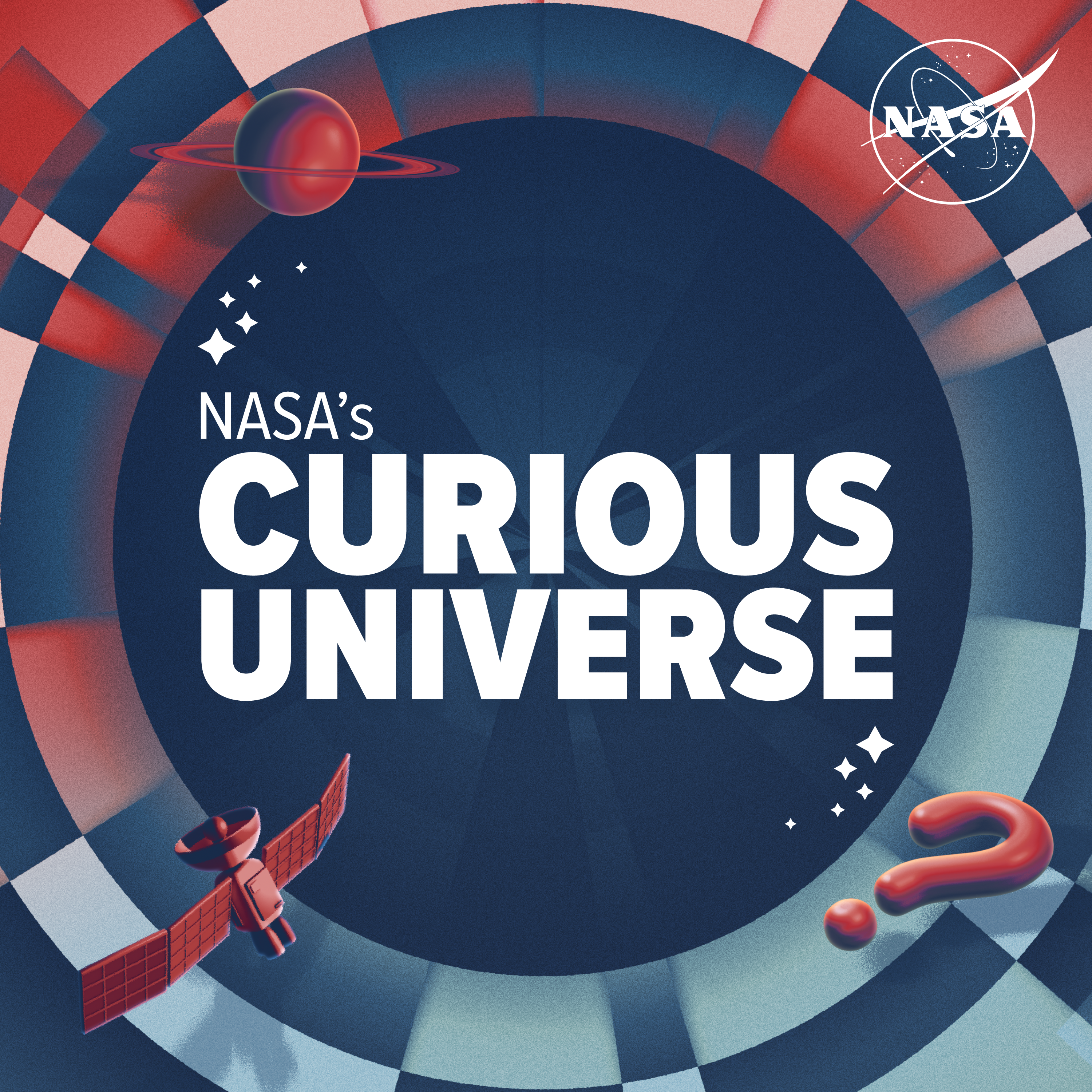Come get curious with NASA. As an official NASA podcast, Curious Universe brings you mind-blowing science and space adventures you won’t find anywhere else. Explore the cosmos alongside astronauts, scientists, engineers, and other top NASA experts. Learn something new about the wild and wonderful universe we share. All you need to get started is a little curiosity.

Come get curious with NASA. As an official NASA podcast, Curious Universe brings you mind-blowing science and space adventures you won’t find anywhere else. Explore the cosmos alongside astronauts, scientists, engineers, and other top NASA experts. Learn something new about the wild and wonderful universe we share. All you need to get started is a little curiosity.
In space, microgravity changes the body. Body fluids shift from the legs toward the head, the back of our eyes flatten, we lose muscle strength, our bones lose some of their density, and even the amount of blood pumped by the heart with each beat drops. To learn more about how microgravity affects the human body and develop new ways to help astronauts stay healthy, scientists are asking dozens of volunteers to spend 60 days in bed with their heads tilted down at a specific angle. This research approach tricks the body into reacting very similarly to how it would if a person was aboard the International Space Station for a longer-term mission. Join Andreas Joshi, a volunteer who agreed to be part of this bedrest work, and two NASA scientists leading the study. They’re investigating different ways to combat space-based muscle loss and improve astronauts’ sense of balance by, among other things, teaching volunteers like Joshi to play video games with their feet.
The James Webb Space Telescope is doing something astronomers dreamed about for decades: peering into our universe’s early past, a period known as cosmic dawn. A new NASA+ documentary—also called Cosmic Dawn—chronicles the inside story of Webb’s design, construction, and launch. John Mather, who won the 2006 Nobel Prize for Physics, proposed the telescope and led its science team for decades. In this interview, Mather talks about his life, his research, and the pre-dawn phone call telling him he had won the Nobel Prize.
NASA has a record of Earth observations going back more than 50 years. What might be in store for the next 50 years? In this finale of our Earth series, we hear from two scientists helping to chart the course of NASA Earth science. There are still many unanswered questions about our home planet. As the only planet that we know to have life, studying Earth is also crucial as NASA searches for other habitable worlds.
Take a deep breath, and you’re inhaling oxygen from Earth’s atmosphere. Take a walk outside, and the atmosphere is shielding you from harmful radiation. NASA research provides crucial data to understand air quality and the intricate processes happening in the sky above us. In this episode, hear the inside story of NASA’s research into the ozone layer. Left unchecked, our reliance on ozone-depleting chemicals threatened to expose the entire planet to dangerous UV radiation. We’ll also fly along with Laura Judd, a NASA scientist studying air quality in the U.S. and around the world.